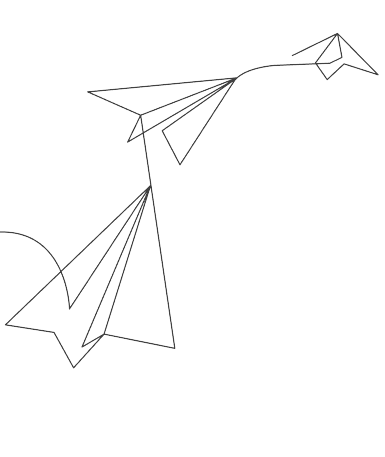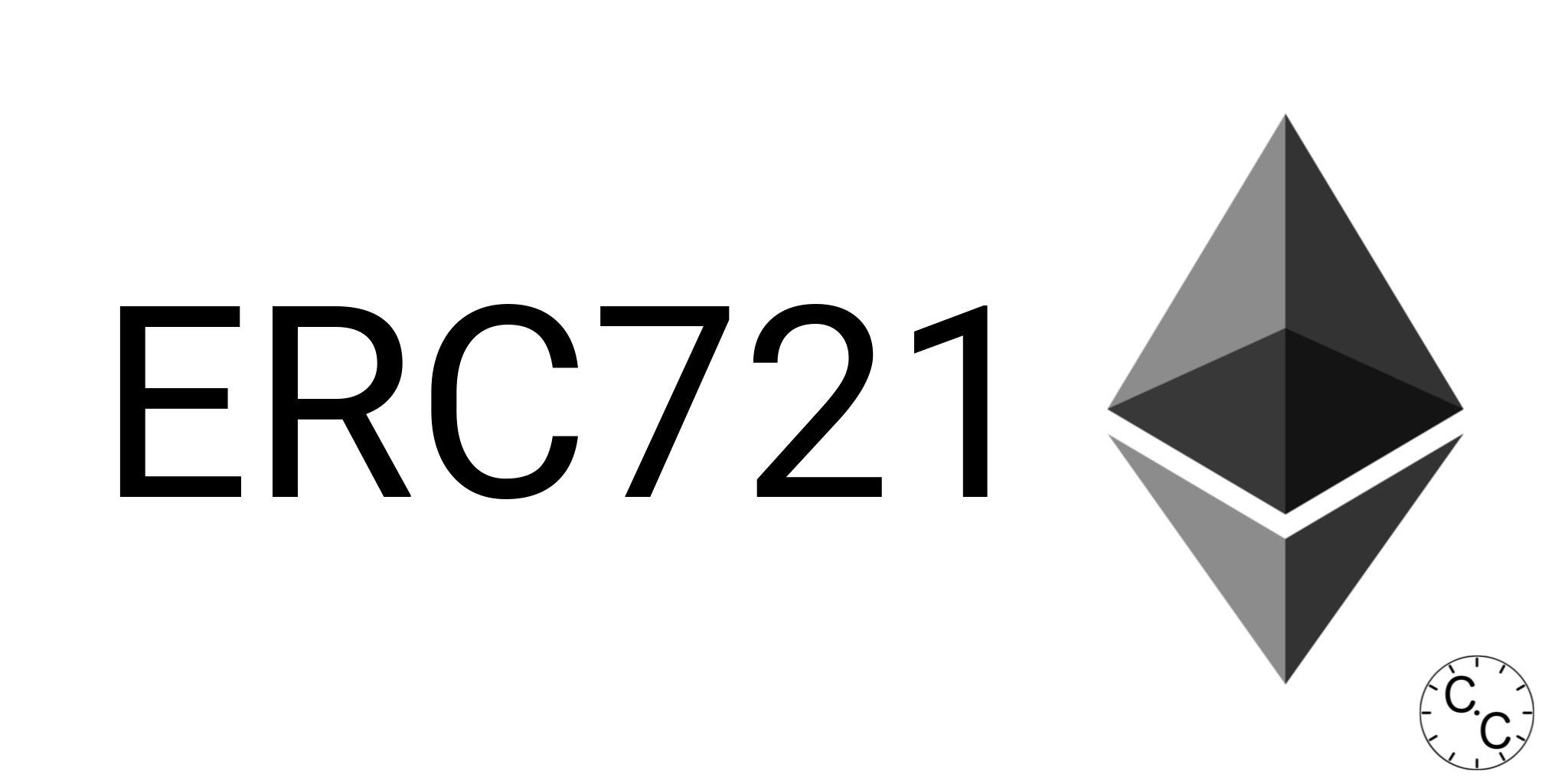
Challenges
-
Private Blockchain Implementation:
- Setting up a private blockchain infrastructure with secure and efficient operations.
- Ensuring interoperability between smart contracts and the blockchain client.
-
NFT Smart Contract Development:
- Designing and deploying ERC721-compliant smart contracts for NFT management.
- Providing seamless access to NFT marketplaces like Opensea.
-
Smart Contract Testing:
- Verifying and debugging smart contracts in a decentralized testing environment.
-
DApp Development:
- Building a functional smart contract for a bike rental application.
- Ensuring smooth interaction between the DApp and blockchain through APIs.
-
Containerization:
- Deploying services using Docker to streamline the development and testing process.









